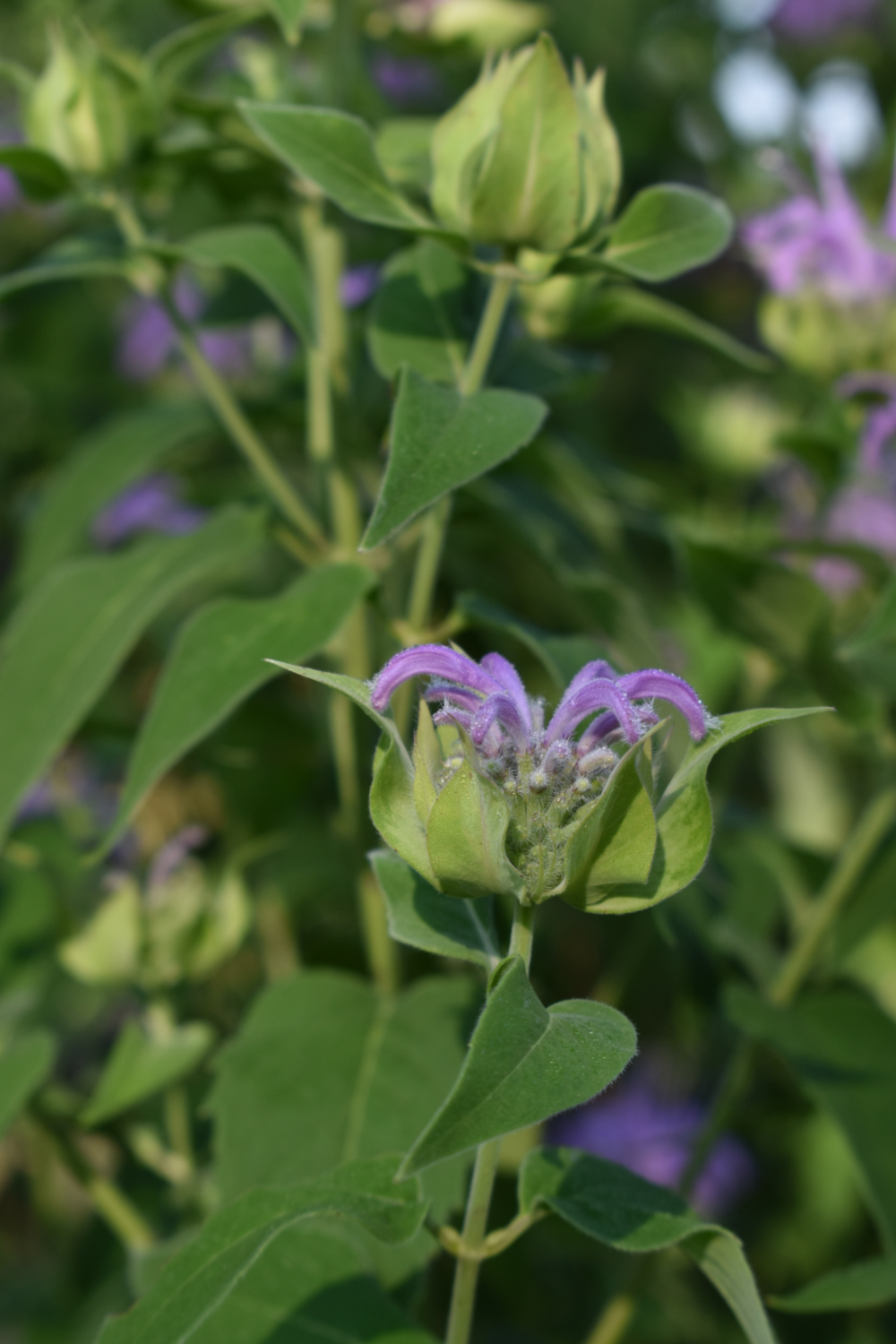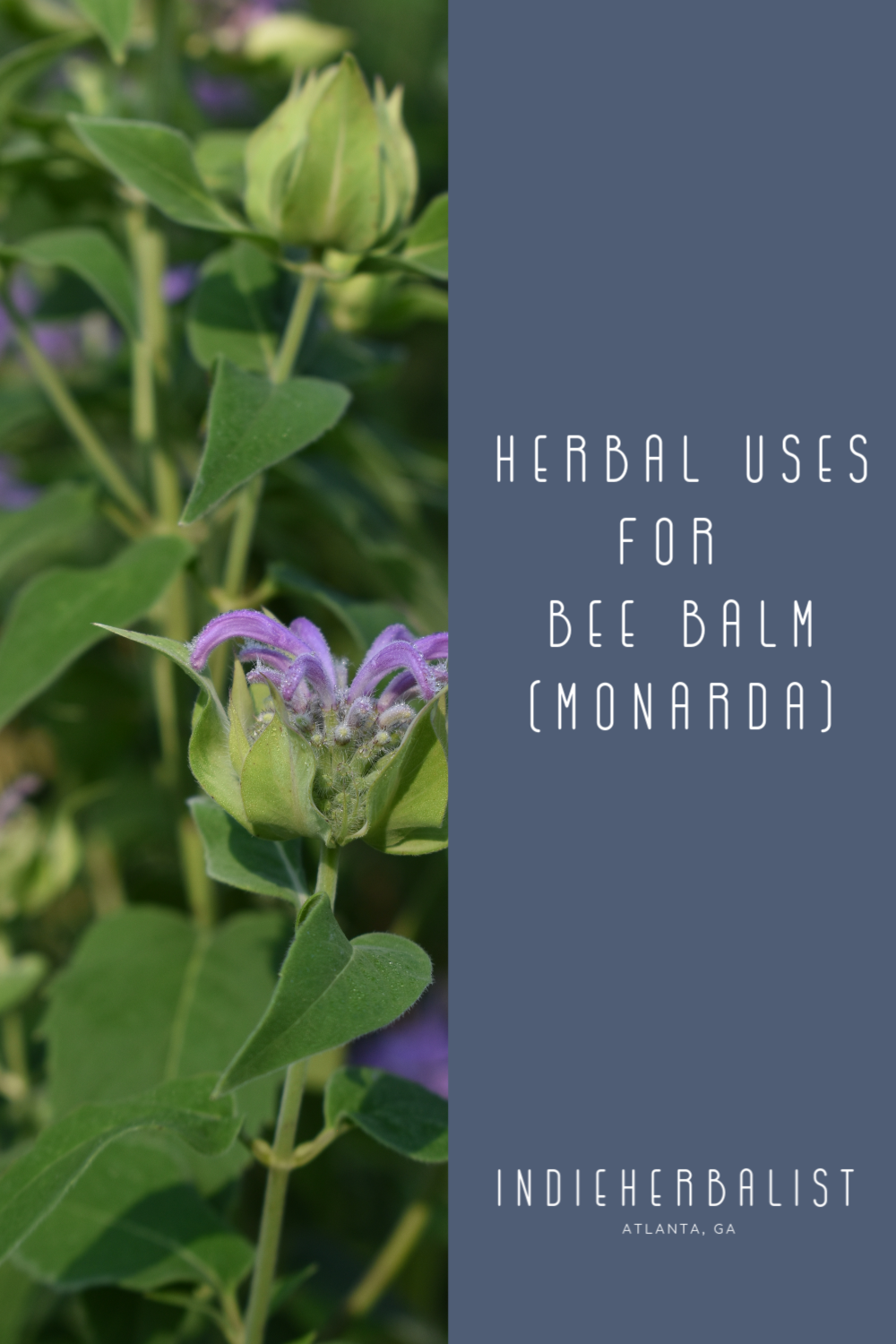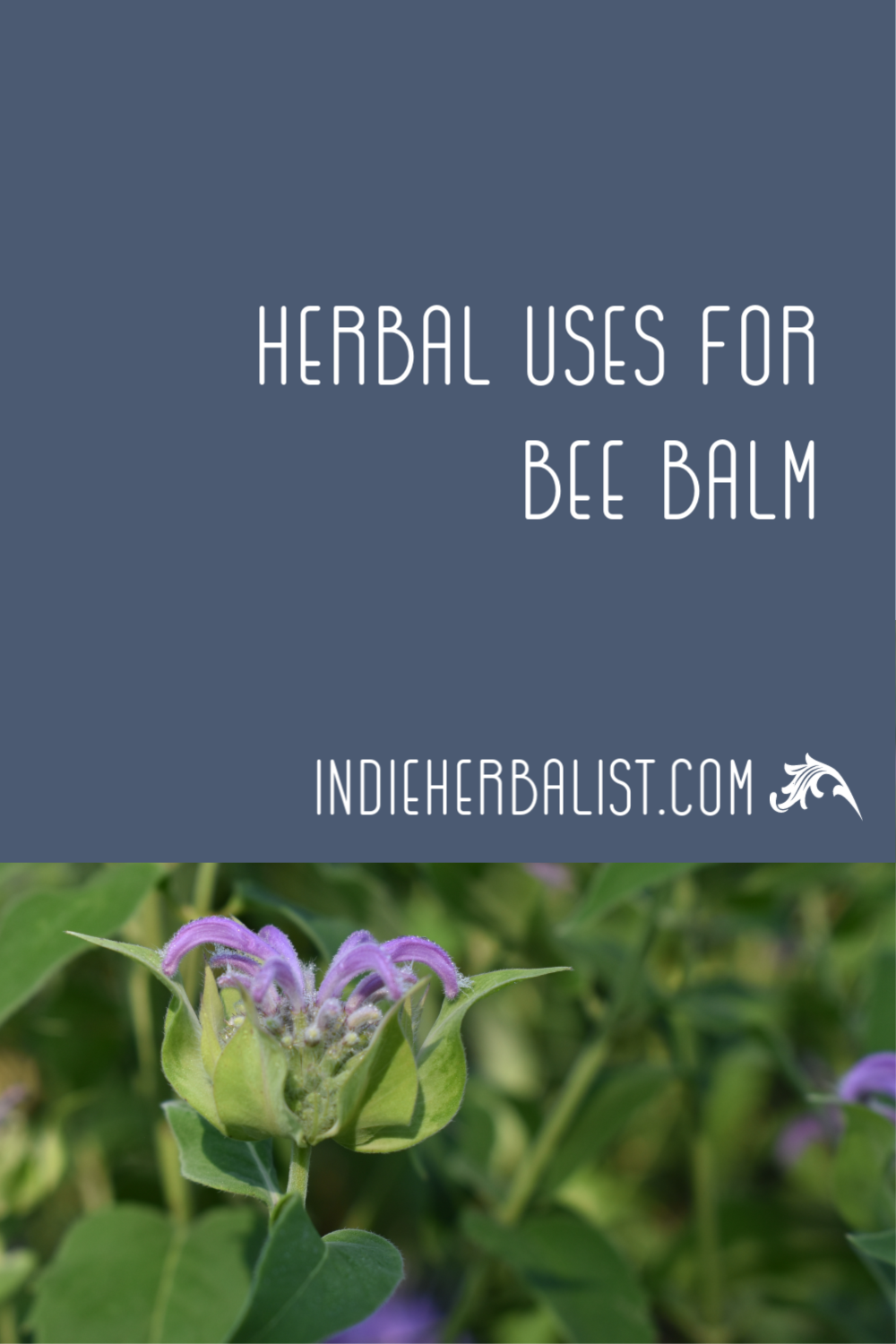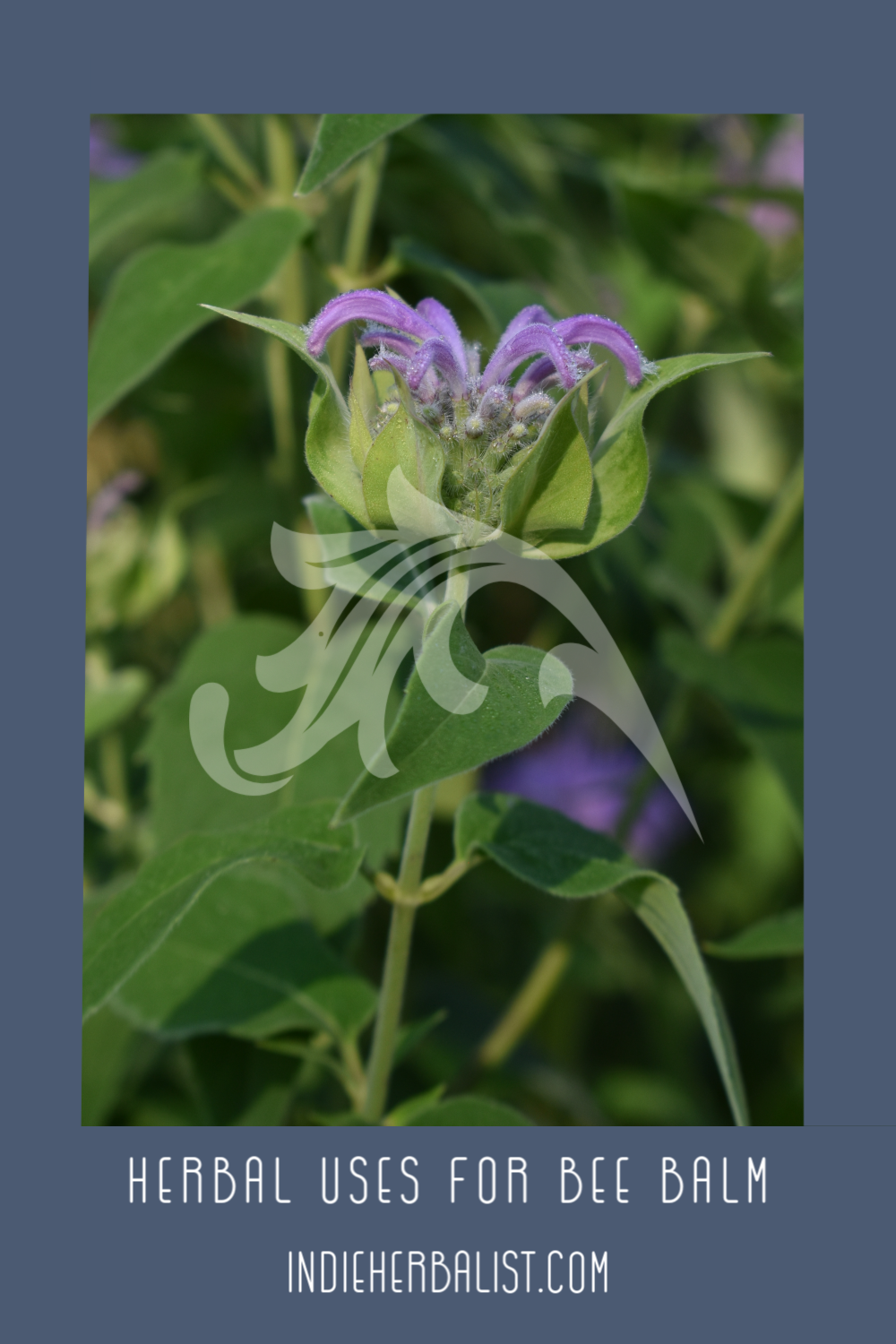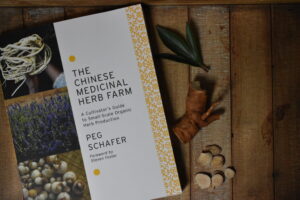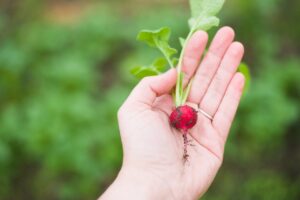Links contained in this post and elsewhere on my website may include affiliate links. When you make a purchase through these links, I earn a commission at no additional cost to you. I only link to products and services that I love - and that I think you will love, too!
Bee balm is a native plant with a gorgeous flower. Depending on the species, the flowers may be pink, purple, or red. It’s a beautiful addition to pollinator-friendly gardens and a familiar garden plant, but most people don’t realize that there are herbal uses for bee balm.
Monarda didyma and Monarda fistulosa are the two types of bee balm commonly used in herbalism. In addition to being one of my treasured additions to teas and extracts, this herb does well in our humid, southern climate and delights bees and butterflies.
Bee balm is traditionally used to support the lungs, digestion, and nervous system. Read on to discover how modern herbalists work with this plant.
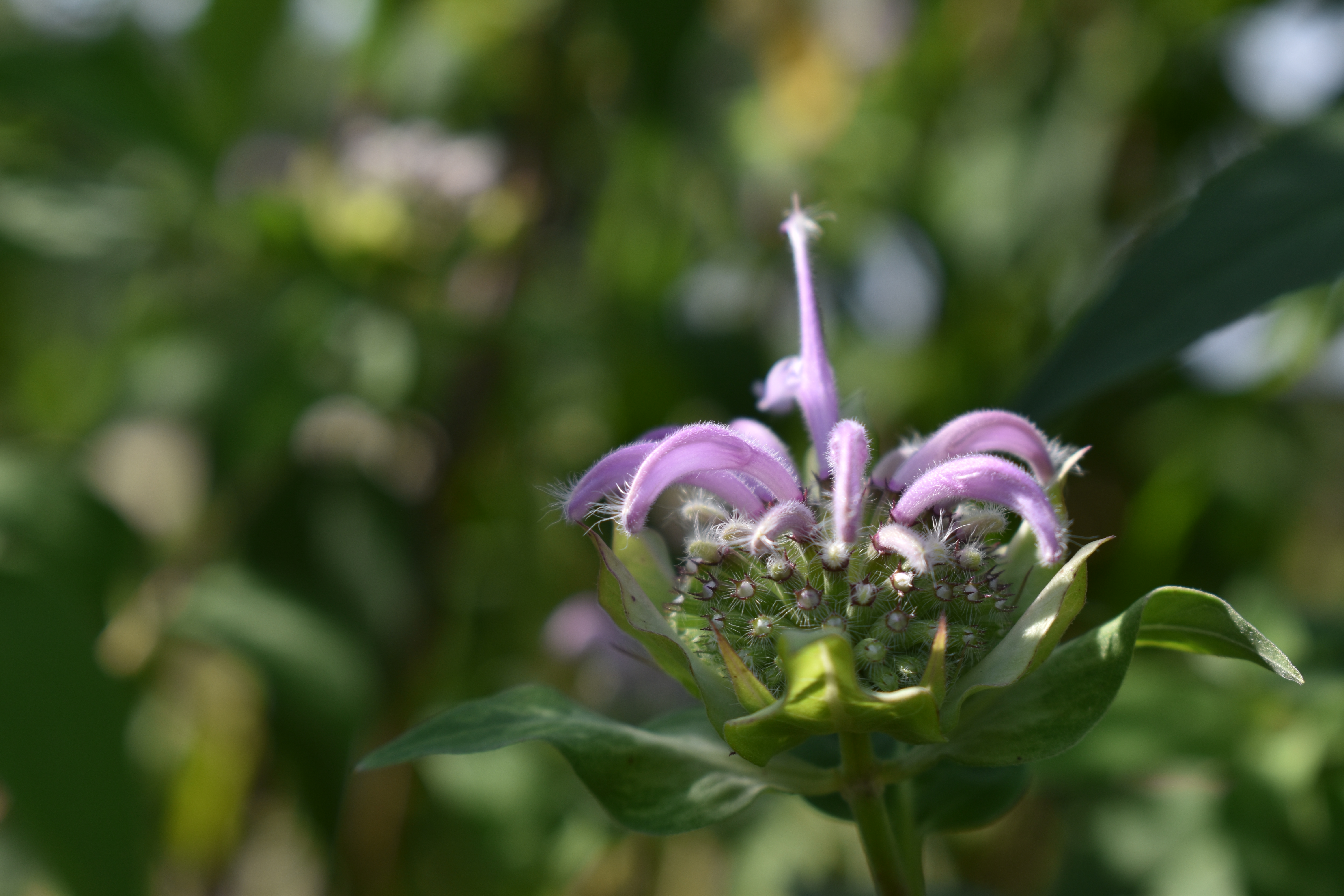
Bee Balm as a Nervine
My mother grew bee balm in our garden when I was a child, and I often encountered it when I was hiking. However, I didn’t realize it had herbal uses until I read about it years ago in The Book of Herbal Wisdom (#affiliate) by Matthew Wood and found an article about it by herbalist Kiva Rose. Using bee balm tea for nervous system support quickly became one of my favorite ways to draw on this herbal ally.
According to the ethnobotany database from University of Michigan, bee balm is a traditional sedative. Personally, I haven’t experienced a sedative action to the extent of valerian or chamomile when using bee balm. However, I do find this herb to be an excellent calming and restorative nervine.
In my experience, it is calming and uplifting in the same manner as lemon balm. However, there is more of a “spark” to it, so to speak. It’s one of my favorite herbal allies for the winter blues. You can read more about using bee balm for the nervous system in my list of articles below.
Bee Balm for Digestion
Like peppermint, bee balm makes a refreshing tea after meals to support healthy digestion. It tastes more like oregano than mint, but depending on the variety it may also have notes of bergamot. Mint and lemon balm pair well with bee balm, and so does catnip. For digestive support, I like it best as a warm tea. In the summer, I also enjoy it as an infused water as a way to cool off after working in the garden.
This herb’s relaxing influence helps support the digestive tract when there is tension present. This is why bee balm can be a good herb to remember when digestion is upset because of stress or anxious situations.
Traditionally, it is also classed as an herb that supports the gallbladder. It may be a good herb to consider when constipation is from the gallbladder not functioning properly or when constipation is caused by stress and feeling tense.
Other Herbal Uses for Bee Balm
As a mint family plant, bee balm has several general uses that are common with this group. These include the nervine and carminative uses as noted above. Bee balm may be an excellent source for both oreganol and thymol, both common in the mint family. These properties mean that bee balm extract can be an excellent spray for cuts and scrapes or sun burn after care, or the tea can be used topically in the same way.
Bee balm is also helpful for urinary tract support. It seems to have a comforting influence when inflammation or burning pain are present.
Interestingly, this herb may also have an affinity for the ears. In the Earthwise Herbal (#affiliate) and The Book of Herbal Wisdom (#affiliate), Matthew Wood speaks to its use for tinnitus and Meniere’s disease.
During the winter, bee balm leaves and flowers can make a lovely steam to support the lungs and sinuses. Thanks to it’s diaphoretic actions, it was used traditionally to break fevers.
Growing and Harvesting Bee Balm
Although bee balm isn’t common at herb shops, it’s easy to grow at home. It needs full sun and regular garden soil, but it also grows well in pots. I usually harvest some bee balm early in the spring, when the plant puts out the first flush of new growth for the year. Then I get a second harvest when the plant blooms. For the second harvest, I focus on the flowers and the leaves just below them.
Bee balm dries well on screens or in bundles. Dry it in a cool, dark place away from moisture for best results. I run a dehumidifier in the room because out our summers are hot and damp. Dried bee balm can be used to make teas and extracts to last all year, and can be used as a substitute for oregano in your spice cabinet.
With so many herbal and culinary uses, it’s easy to see why this is one of my favorite plants. But this article barely scratches the surface. Ready to learn more about bee balm? Enjoy these links to some of my other articles!
Using bee balm for emotional wellness
Creative ways to use bee balm in the kitchen
Infused water with bee balm, watermelon, and mint
Ways to use dried bee balm on your homestead
4 ways to use beautiful bee balm on the homestead (at Mother Earth News)
About Me
Agatha Noveille is an herbalist and author based in Atlanta, Georgia. Her herbal recipe book, The Complete Guide to Adaptogens, is available wherever books are sold. She is the creator of the Teacup Alchemy podcast and courses and writes regularly for Plant Healer Magazine (#affiliate).

